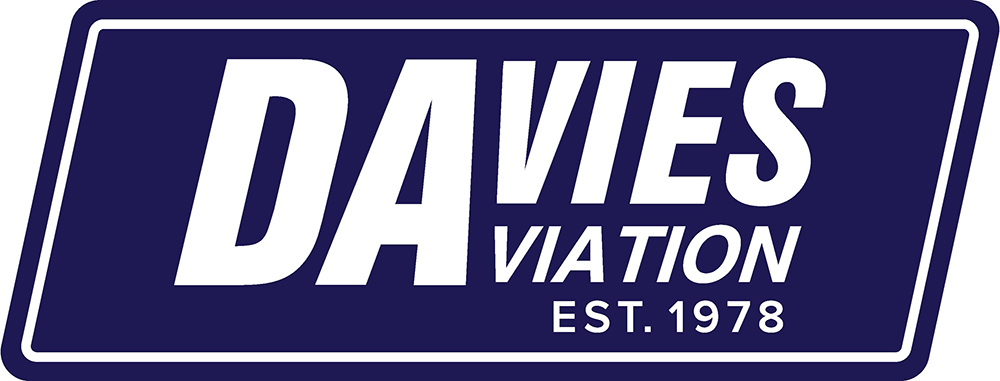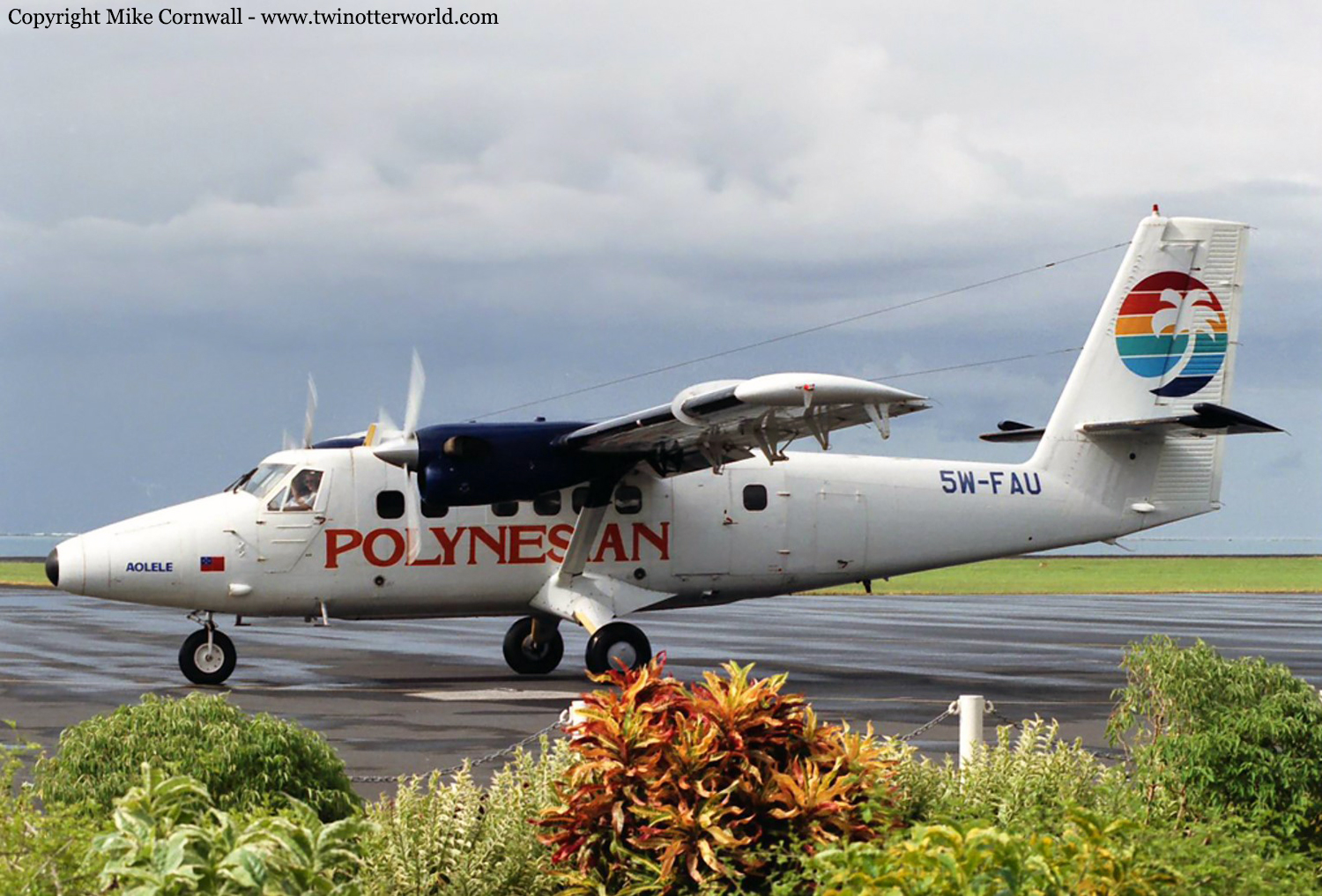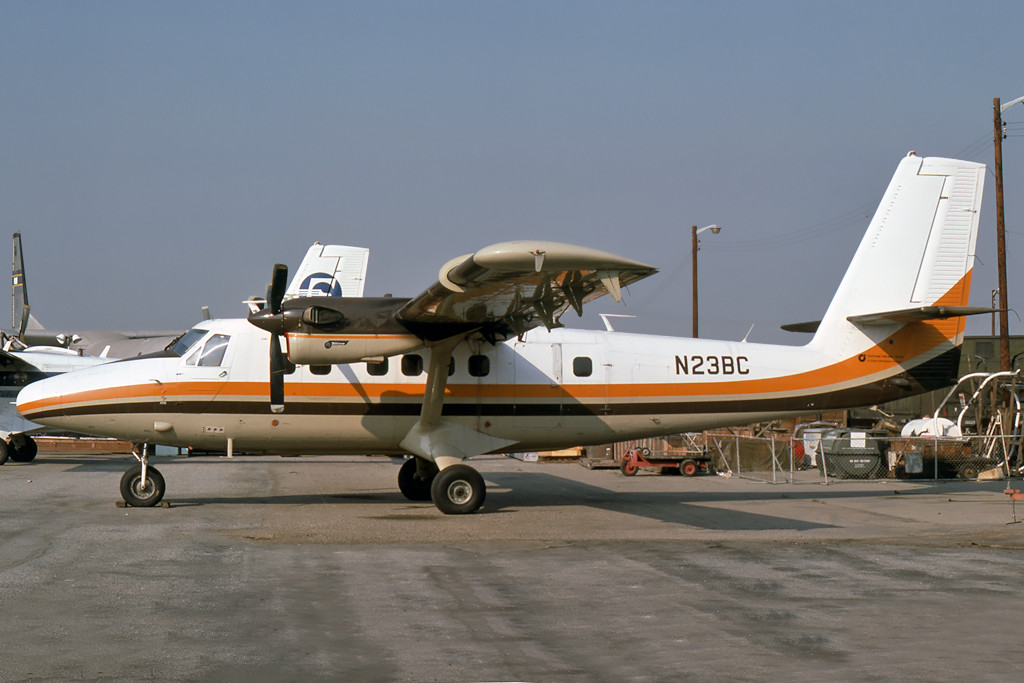Crash of a Cessna 421C Golden Eagle III off Sunshine Coast
Date & Time:
Nov 10, 2023 at 0906 LT
Registration:
VH-VPY
Survivors:
Yes
Schedule:
Sunshine Coast - Pago Pago
MSN:
421C-0688
YOM:
1979
Crew on board:
1
Crew fatalities:
Pax on board:
1
Pax fatalities:
Other fatalities:
Total fatalities:
0
Circumstances:
The twin engine airplane departed Sunshine Coast-Caloundra Airport at 0733LT on a flight to Pago Pago, US Samoa, with two people on board. About 45 minutes into the flight, while cruising at an approximate altitude of 12,000 feet, the pilot inform ATC about an engine failure and elected to return to Sunshine Coast. He made a 180 turn and reduced his altitude. About 45 minutes later, unable to reach his departure airport, the pilot ditched the airplane some 30 nautical miles east of Sunshine Coast. Both occupants found refuge in a dinghy and were quickly rescued. The airplane sank and was lost.








